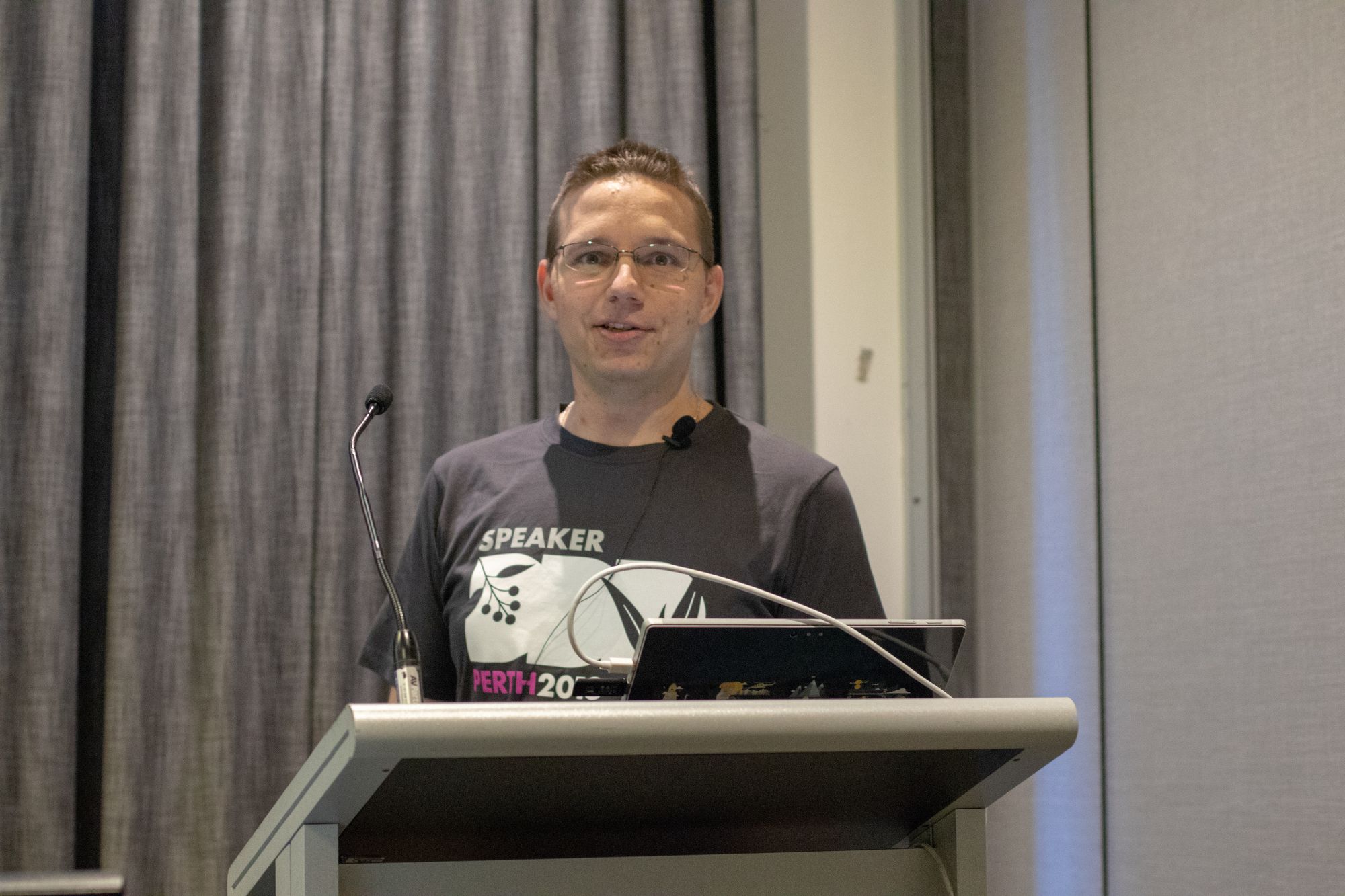A crucial part of being a leader is making decisions. It stands to reason that as a technical or engineering leader, those decisions can often be technical. What can make these decisions challenging to make is their complex and often situational nature. How often have you asked an architect or an engineer for an opinion only to be told, "Well, it depends."?
In this post, I want to share three things I do that you might find helpful in making sound decisions, technical decisions in particular. The tips are somewhat transferable to non-technical disciplines as well. I emphasize the "sound" portion because anyone can make a decision; the real trick is making a good one.
Write It Up
More often than not the first thing I do when trying to make a technical decision is document the situation.
There are many benefits to just taking the time to put everything down on (virtual) paper. It helps put structure around ones thinking of the problem, engaging the grey matter to apply rationale and reason. It also serves to demonstrate the thought process used to arrive at the decision which is good for one's self to refer back to over time and test the thinking with new information or renewed perspective, and of course, for others to follow your train of thought, comment to provide input/feedback. From a leadership perspective, this transparency is invaluable to fostering trust across all levels.
It doesn't even have to be "War and Peace" levels of documentation either! I typically use the following structure:
- Situation
- Assumptions
- List options
- Recommendation and rationale
- Decision made
Use this structure to frame the context and scope of the situation or "problem". Make it clear what assumptions you've made and how you plan to test them. List the options detailing the benefits and drawbacks of each while making reference to the original context/scope. Provide a recommendation clearly articulating the rationale used to reach that recommendation. This is not the decision; this is just what you think the appropriate decision is given all of the aforementioned points - situation, assumptions, options, etc.
Then state the decision. This could be the recommendation made; it could be one of the other options stated, or even an option that wasn't considered for some reason - an unexpected change that invalidates the situation for example. At this point, it is crucial that the decision is communicated to stakeholders and captured in a general decision log.
Use a Framework
Decision-making is a well-researched field. There is a wealth of resources out there as a result of this research. As with other domains, if you're not sure how to do something or need help doing something, it can be useful to find "standard" approaches that have been proven to help. These can come in the form of frameworks.
Frameworks provide structure, guidelines and materials to help achieve an objective. For example, the GROW model is a coaching framework - one of my favourites. The NIST Cybersecurity Framework is a... yep, you guessed it!
There are frameworks for aiding decision making too. In fact, the first point I made about writing it up is part of my own framework. Many organisations or teams will have some framework to make some decisions, so look for those! In the absence of those, you could find frameworks used by other organisations like the DACI framework used by Atlassian, or you could look to some frameworks that have come out of research like MAP (full paper) or WRAP.
The below HBR article is absolutely worth a read. The author writes about decision making in various context using the Cynefin framework.

Ask Others
This one sounds obvious, but it's easy to feel like as a leader it's your responsibility to make a decision. After all, you have to provide the vision and direction, right? While that might be true, it doesn't mean you have to do it alone. In a previous post I mentioned how we hire smart, capable people, so why wouldn't we ask them what they think?
Not only do you benefit from a different perspective but you also have an opportunity to test your own assumptions and rationale. You should of course do so in conjunction with a framework or some other structured technique to avoid extinction by instinct, and you need to be on the lookout for the groupthink, but if done within the right context, the discourse could be invaluable.
Bonus Tip
Make the decision! The following quote says it best...
"In any moment of decision, the best thing you can do is the right thing, the next best thing is the wrong thing, and the worst thing you can do is nothing." - Theodore Roosevelt
Making bad decisions from time to time is inevitable; we're human after all. What's important is we learn from those mistakes. Most decisions will likely see a neutral or positive result. Regardless, own the decision whether it works out or not.


